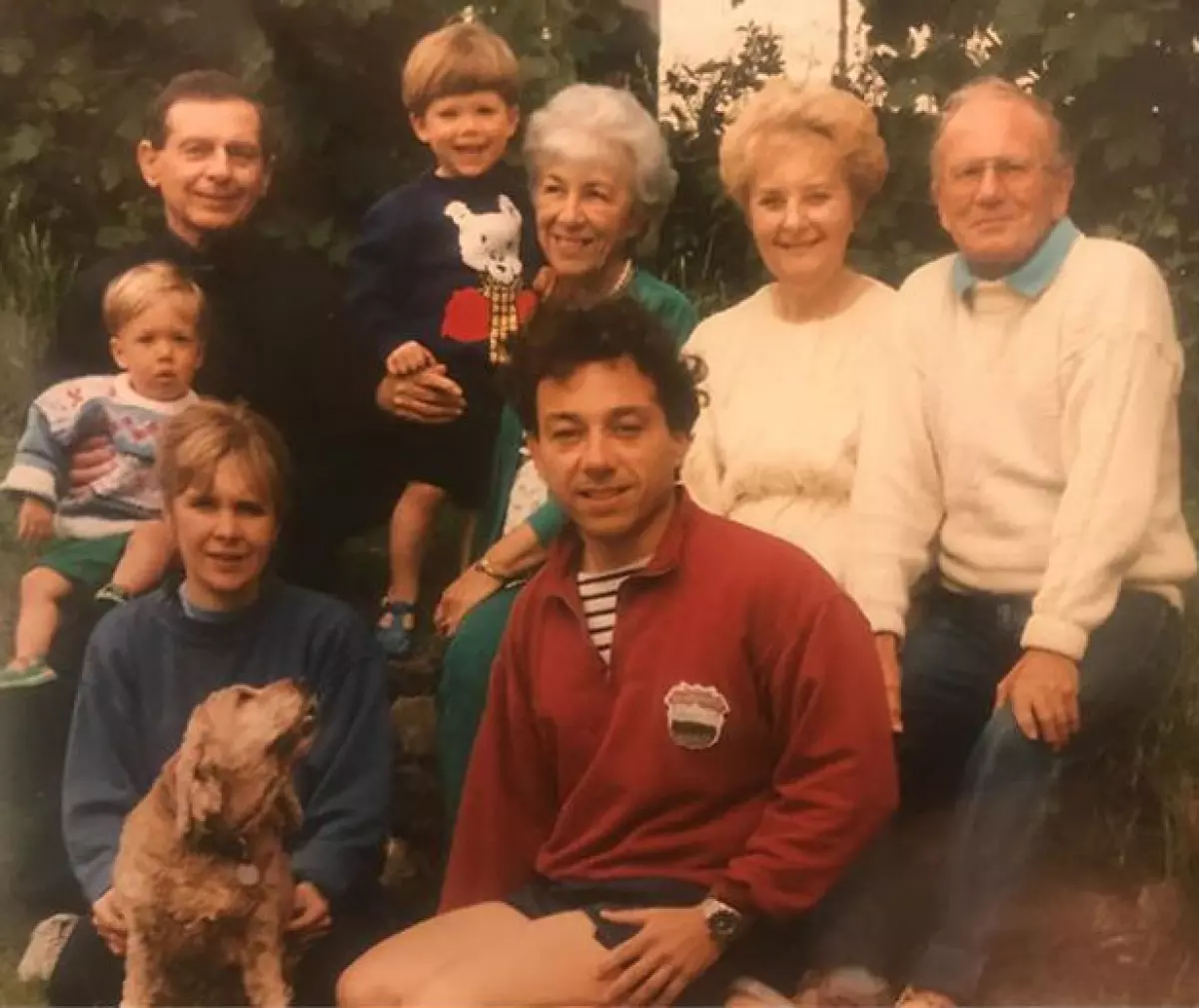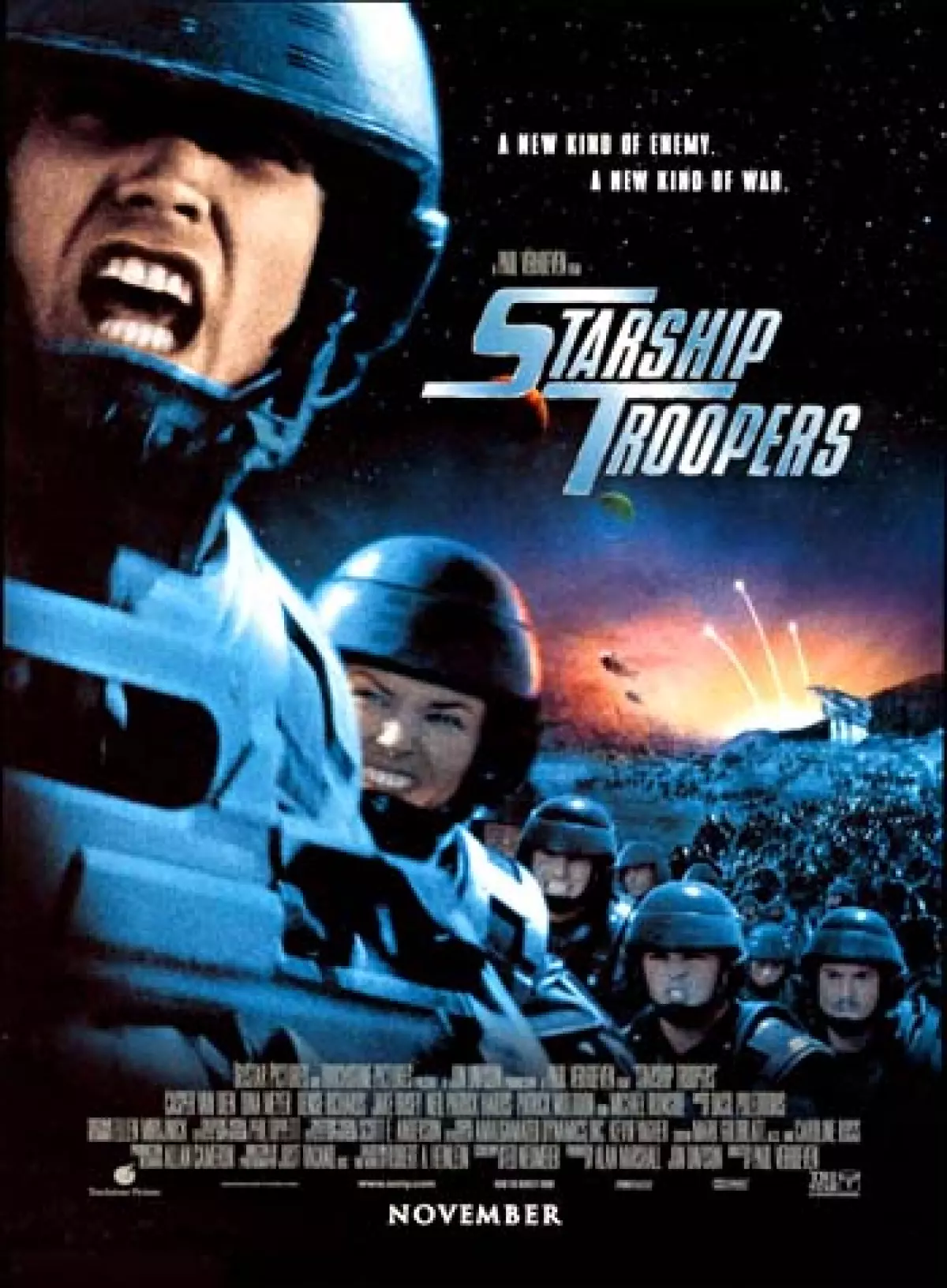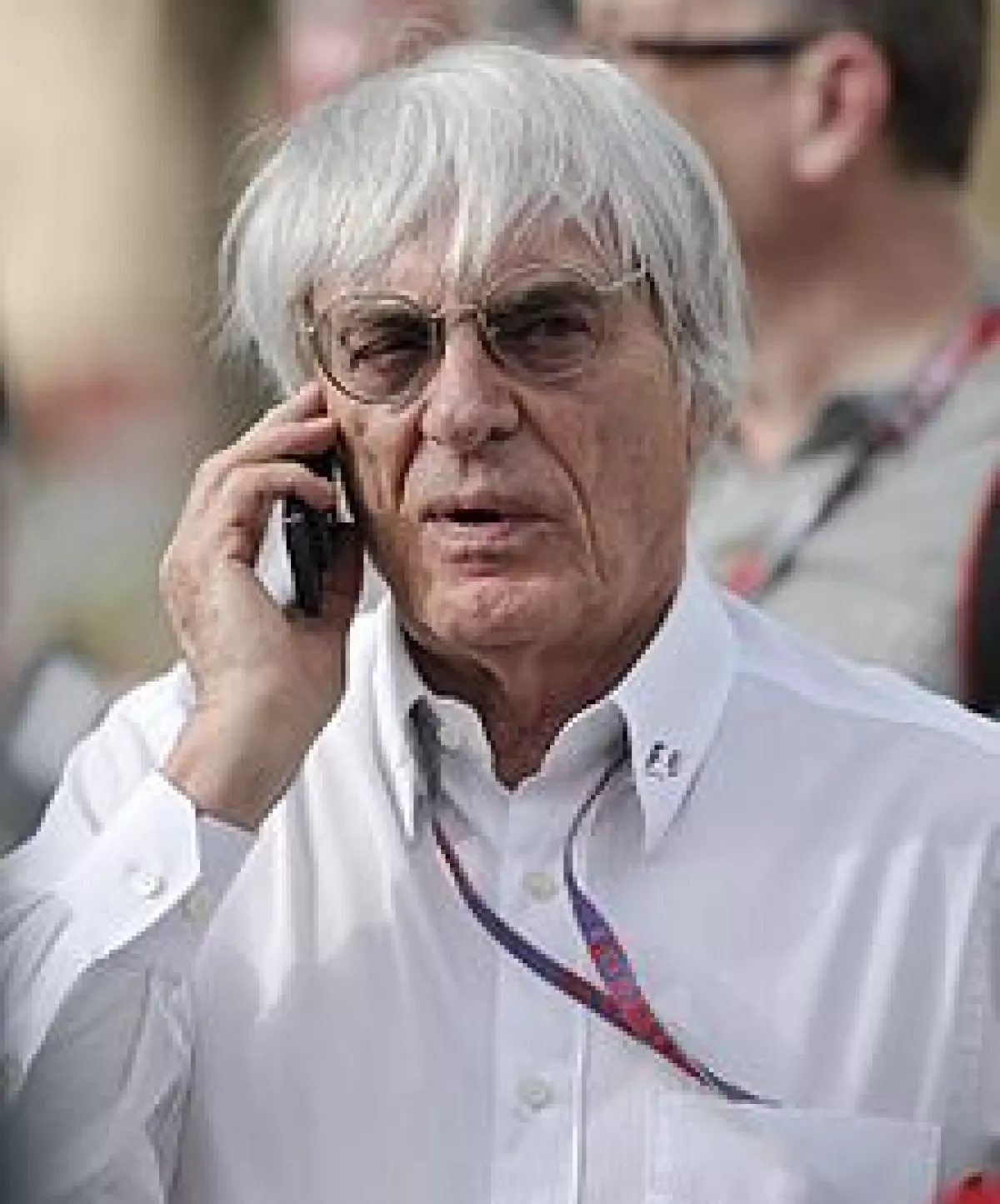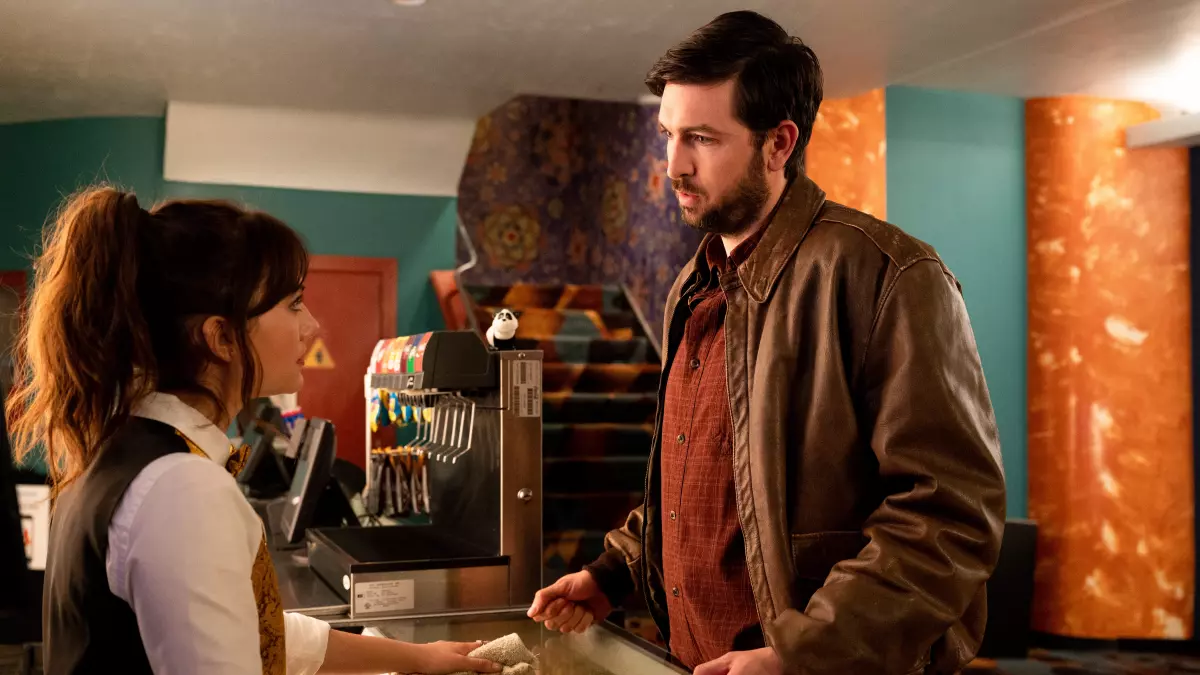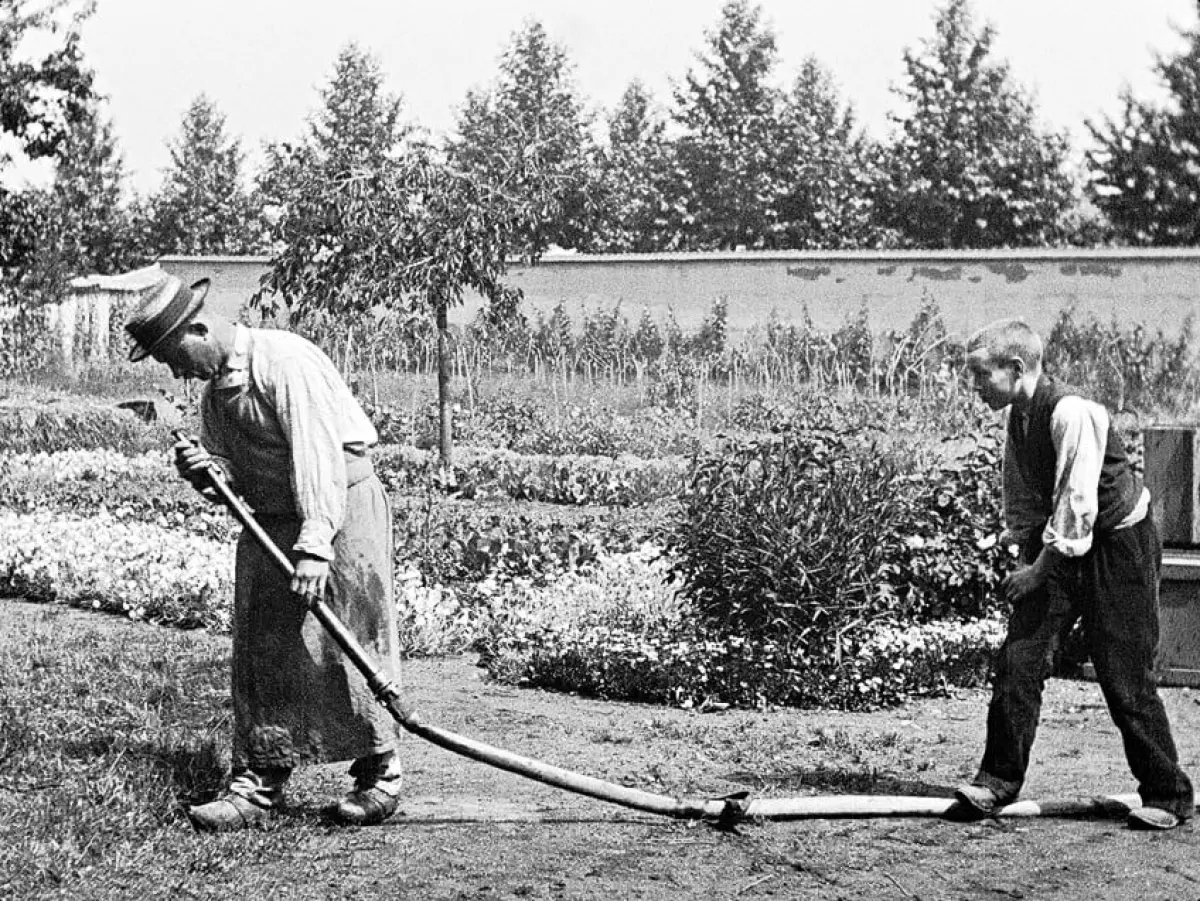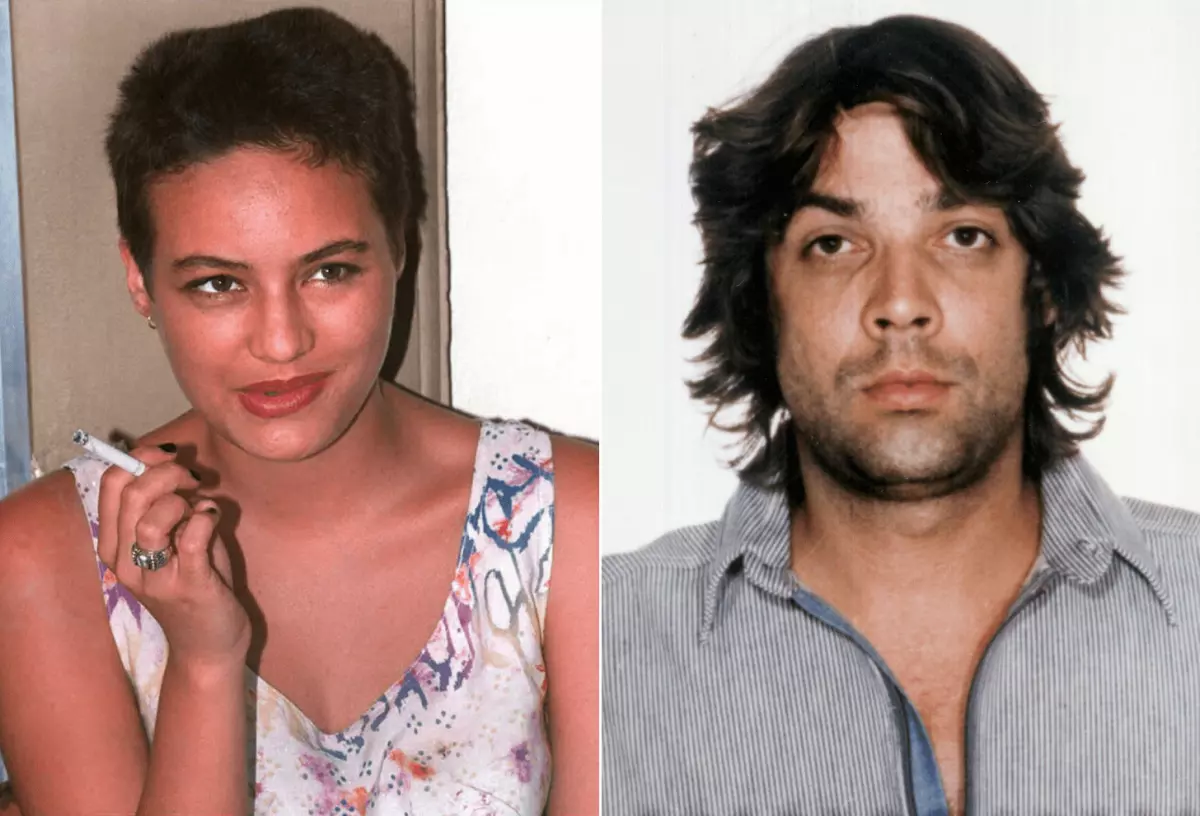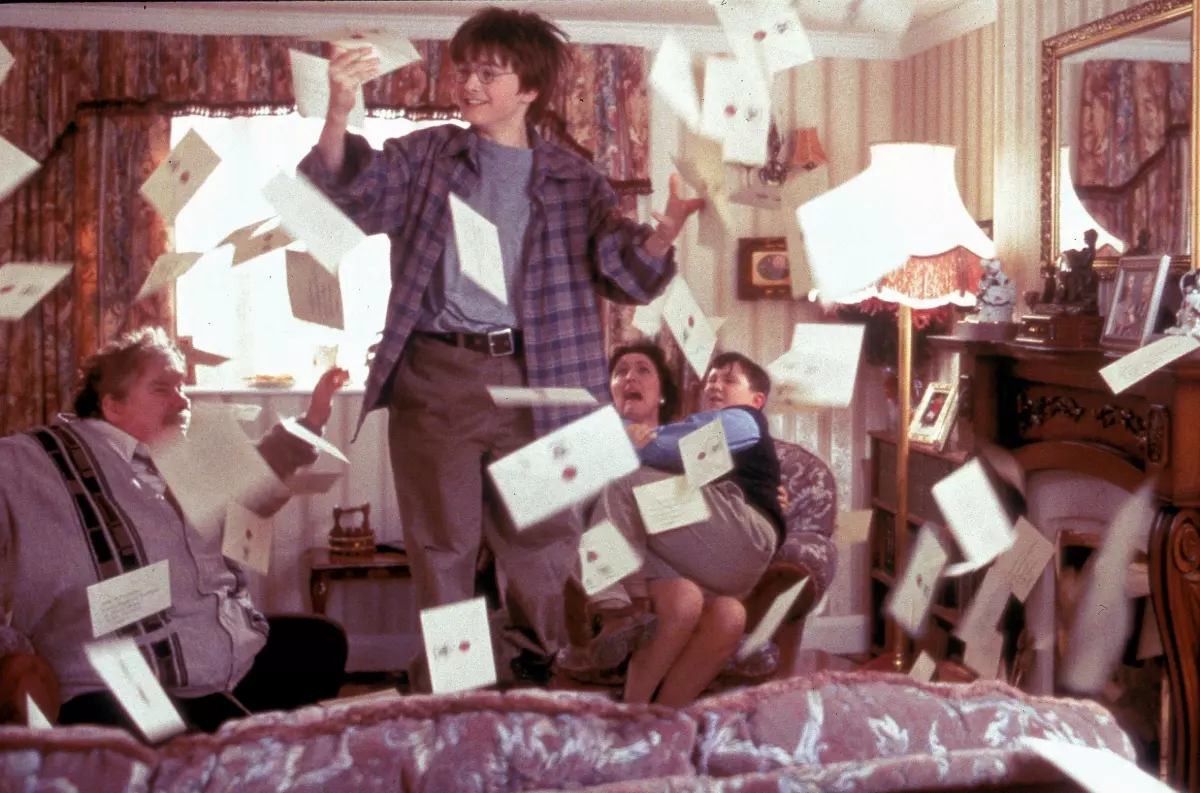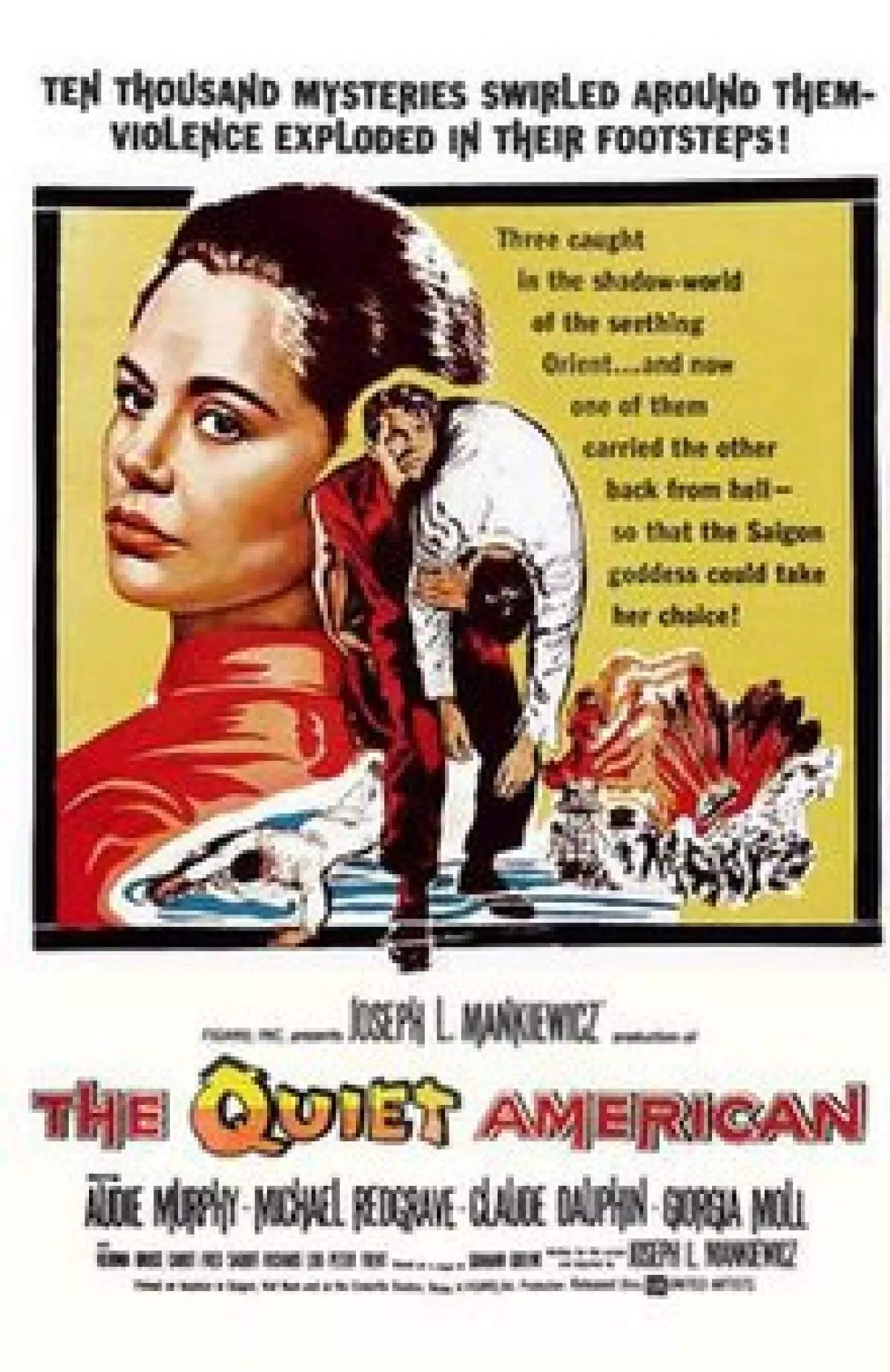 An image from the film "The Quiet American" (1958)
An image from the film "The Quiet American" (1958)
The Quiet American, a 1958 American drama romance thriller war film, holds a special place in cinema history. It was the first-ever adaptation of Graham Greene's acclaimed 1955 novel of the same name, and it tackled the complex geopolitics of Indochina, setting a precedent for future films. Directed by Joseph L. Mankiewicz, the film stars Audie Murphy, Michael Redgrave, and Giorgia Moll. Although it received critical acclaim, it did not achieve commercial success.
The movie took an interesting approach to the novel, transforming its cautionary message about foreign intervention into a pro-American portrayal of power. Joseph L. Mankiewicz, the writer and director, collaborated with CIA officer Edward Lansdale, whose influence shaped the American character portrayed by Audie Murphy. This divergence from the source material caused controversy, with Greene disavowing the film, calling it "propaganda for America." Nonetheless, it left a lasting impression in the annals of cinema.
Plot
In Saigon in 1952, as Vietnamese insurgents rise against the French colonial rulers, a young American economist working for an international aid organization finds himself caught between the Communists and the colonialists. In his quest to win the "hearts and minds" of the Vietnamese people, he promises marriage to a young Vietnamese woman, creating tensions with an embittered English newspaperman who accuses him of covertly selling arms to the anti-Communists.
Cast and Production
 The cast of "The Quiet American" (1958)
The cast of "The Quiet American" (1958)
"The Quiet American" commenced filming in Saigon in January 1957, making it the first feature film to be shot in Vietnam. It faced several challenges, such as avoiding harsh shadows during noon shoots and navigating the intricacies of shooting inside a Buddhist temple. In a peculiar turn of events, the crew inadvertently facilitated a political protest that might have been shut down had it not been confused with a scene from the film. Additionally, lead actor Audie Murphy fell ill with appendicitis during a shopping trip to Hong Kong, requiring emergency surgery.
Originally, Humphrey Bogart was considered for the lead role, which was later offered to Montgomery Clift. Eventually, Audie Murphy took over the part, while Laurence Olivier's departure led to Michael Redgrave joining the cast. Mankiewicz's decision to alter the focus of the story and dilute the political aspects garnered criticism from Greene, who had been a war correspondent in Indochina and held strong views against American involvement.
Critical Response
Despite the controversy surrounding its political message, "The Quiet American" received praise for its notable performances, particularly Michael Redgrave's exceptional portrayal. Critics also commended the authentic locations, with scenes shot on the streets of Saigon adding a documentary-like quality to the film. Bosley Crowther of The New York Times commented on the movie's vibrant depiction of the Orient's seething atmosphere.
While "The Quiet American" may have deviated from the novel's intent, it remains an important cinematic achievement, initiating a conversation about the intersection of love, politics, and foreign intervention.
References
- The Quiet American on IMDb
- The Quiet American on the TCM Movie Database
- The Quiet American on AllMovie
- The Quiet American on the American Film Institute Catalog
- The Quiet American on Rotten Tomatoes
- The Quiet American on the Audie Murphy Memorial Site
- Logevall, Fredrik (2013). Embers of War. New York: Random House. p. 299. ISBN 978-0-375-75647-4.







